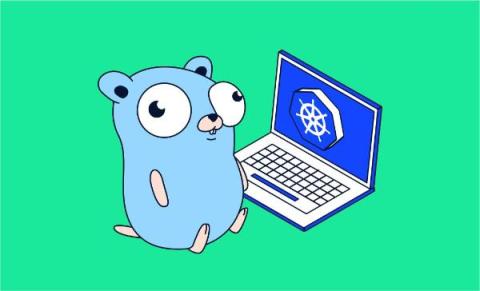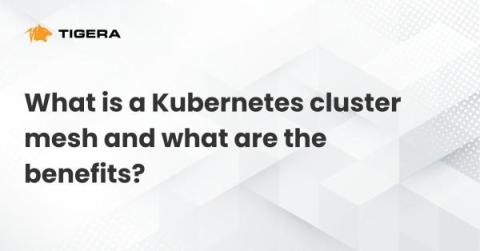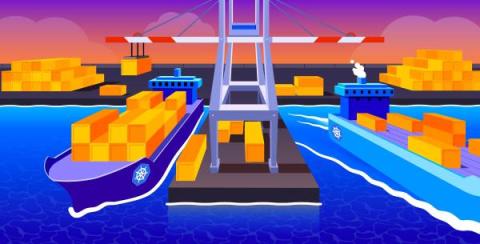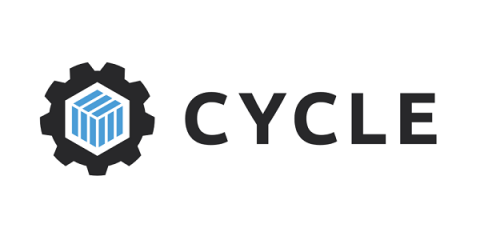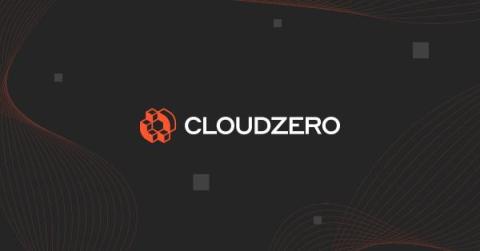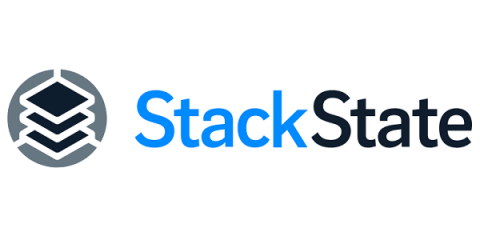Deploying a Golang Microservice to Kubernetes
With the rise of cloud computing, containerization, and microservices architecture, developers are adopting new approaches to building and deploying applications that are more scalable and resilient. Microservices architecture, in particular, has gained significant popularity due to its ability to break down monolithic applications into smaller, independent services.


